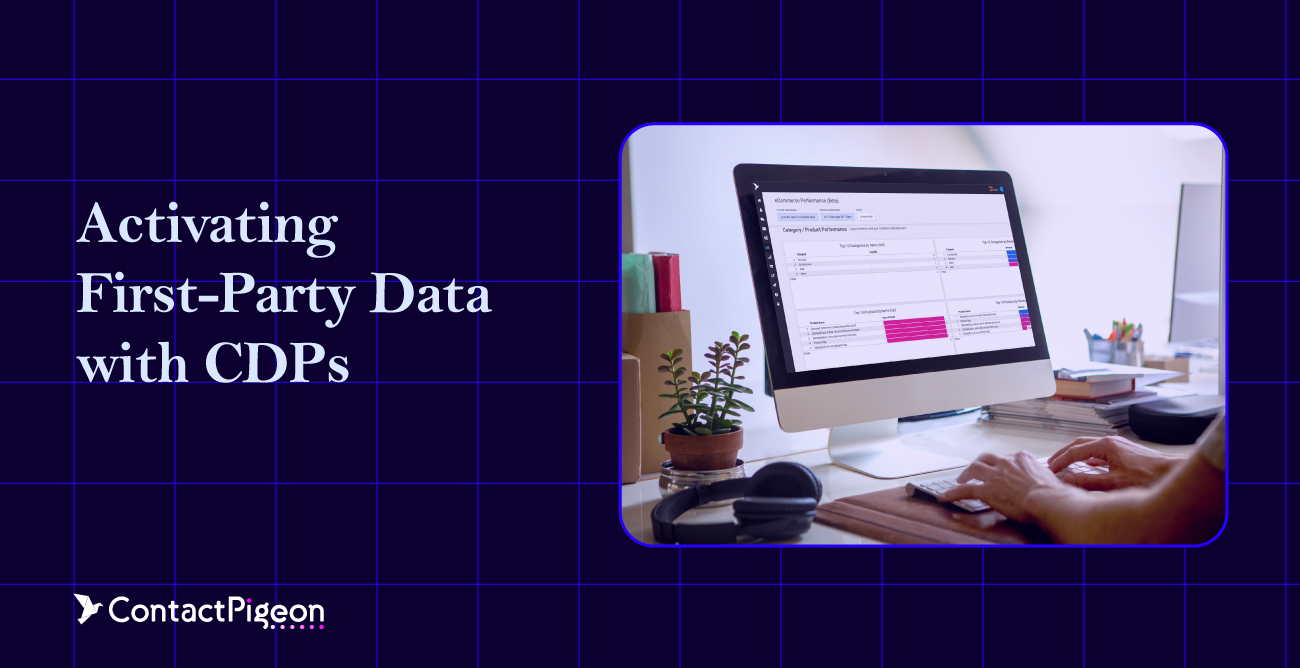If you run an eCommerce business, you can’t overlook the power of email marketing. After all, studies have shown that email is 40 times more effective than social media for acquiring new customers.
Also, 72% of the consumers surveyed would rather receive promotional material through email than other channels, like social media networks.
If you want to maximize the power of your email marketing strategy, you should consider adopting predictive analytics to perform dynamic segmentations based on visitors’ and customers’ web behavior.
Predictive analytics in email marketing can ensure that you’re using the most effective models to generate the right leads and convert them into paying customers.
What Is Predictive Marketing?
Predictive marketing uses data about customer behavior to determine patterns and predict future outcomes. By using predictive techniques, companies can make smarter marketing decisions, since they know what efforts are most likely to succeed and which are most likely to fail.
How to Use Predictive Analytics in Email Marketing
The application of predictive analytics should not be limited to paid ads or other outbound marketing efforts. In fact, it can be valuable in getting superior results on your email marketing.
To Acquire New Customers
The main goal of your marketing efforts – including emails campaigns – is to bring in new customers. Predictive analytics can help you do just that, while predictive email marketing is the way you will do it.
When potential customers sign up for your website or newsletter, you can send them a welcome email or series of welcome emails.
Here is an example of a welcome email from Gap, which encourages more interaction with their brand:

By analyzing behavioral data in response to those emails, such as the categories the recipient choose to click on or offers claimed, you can generate subsequent interactions that have higher success in converting the lead to a customer. For example, if the recipient clicks on a specific category on the email (say Women), the next set of email campaigns will receive better success if they feature female apparels.
To Generate More Sales
Once you’ve acquired leads, you want to make sure they buy – and then buy again. ?
[bctt tweet=”Predictive analytics can help ensure that your emails are encouraging sales.” username=”ContactPigeon”]
For example, you can use eCommerce data to discover that when customers buy product A, they commonly return to purchase product B (e.g., when they buy a digital camera, they often buy an SD memory card next). High frequencies of products purchased together or with consistent patterns are often complementary products that make great cross-sell opportunities.
Consequently, after customers purchase product A, you can send them an email to suggests product B they are likely going to want.
Here is an effective email from Walmart, where the company recommends related products (desk chairs) after a customer purchases an item (a desk):

To Build Loyalty
Once you have successfully won over a customer, you can use predictive analytics to retain them effectively. Predictive analytics can help show how frequently you can expect loyal customers to buy.
You can then encourage purchases with timely triggered email messages. If customers stop making purchases, you can also send emails with deals to bring them back.
Furthermore, predictive analytics can help you determine the lifetime value of a customer, and suggest the appropriate deal or discount that will win them back. Having an understanding of the value a customer versus the acquisition cost ensure you won’t lose money in the long run.
Here is an example of a loyalty-building email from Red Mango, sent to customers who had been inactive for some time.

This email was sent by Aerosoles to encourage loyal customers (or “VIPs”) to make another purchase:

Getting to Predictive Email Marketing with these 2 models
There are several models of predictive analytics that can help e-commerce businesses capitalize on the power of email marketing.
Collaborative Filtering Models
With collaborative filtering, predictive analytics software can analyze customer profiles and buying habits in order to offer tailored suggestions about other products.
This a powerful approach for suggesting products relevant to customer needs by running algorithms that perform sophisticated segmentations based on similarities in customer preferences. For example, if person A has similar ratings or tastes with person B, then A is more likely to have a similar opinion on a different product with B as well. If this sounds like a complex math logic problem to you, just have in mind the “Other customers who bought this item also bought” section every time you search for books on Amazon.
Propensity Models
With propensity predictive modeling, data scientists analyze data such as past purchases and online behavior. These models enable businesses in segmenting consumers and targeting them with emails that are personally tailored to them.
Email marketers may look at a customer’s propensity to buy (which consumers are ready to make a purchase); their propensity to churn (which customers requires an email campaign to lure them back); and their propensity to engage (which customers you can send review requests to).
For each of the three examples, there are email strategies that can be triggered in order to achieve better outcomes. For example, if the predictive model indicates that a contact has a high probability to churn, a recovery email with a discount offer will likely prevent the churn.
Similarly, if the contact is ready to buy a product, a reminder could be sent in order to increase the probabilities of conversion.
Wrap-Up
If you’re an email marketer who wants to harness the power of email to bring in new customers and keep current ones happy, using predictive analytics is essential, but even more essential is getting these data and achieve truly predictive email marketing. By analyzing the behavior of current customers, you predict the behavior of future customers and, in turn, maximize your marketing efforts.
For more, check out ContactPigeon’s analytics features including many predictive scenarios such as “similar product recommendations”.




![Benchmarking Growth Strategies of Top Fashion Retailers [Study]](https://blog.contactpigeon.com/wp-content/uploads/2025/11/top-fashion-retailers.jpg)